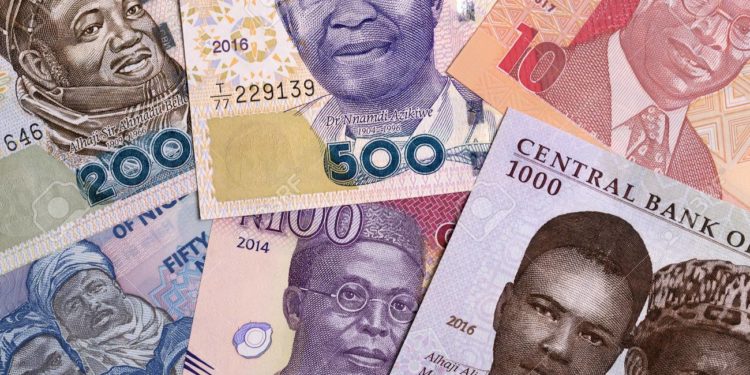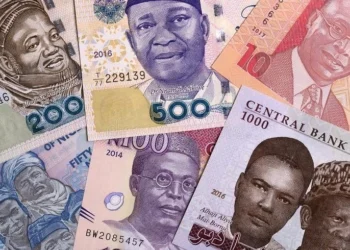Nigeria’s broad money supply declined for the second time this year, falling slightly to N119.01 trillion in May 2025, according to fresh data from the Central Bank of Nigeria (CBN).
The drop represents a month-on-month contraction of N292.75 billion or 0.25% from the N119.30 trillion recorded in April.
The first decline of 2025 was recorded in February, when the figure dropped to N110.32 trillion from N110.94 trillion in January.
Despite the slight decline, the money supply remains near record highs, reflecting the residual effects of earlier liquidity surges and ongoing adjustments in monetary policy.
Year-on-year, the growth is even more striking — money supply expanded by N19.77 trillion, up from N99.24 trillion in May 2024. This marks a sharp 19.9% increase and highlights the scale of monetary expansion that has occurred over the past 12 months.
Foreign assets down, domestic assets up
A closer look at the components of broad money (M3) reveals a notable shift in liquidity sources. In April, the surge in money supply was driven largely by higher net foreign assets, which stood at N49.87 trillion. However, by May, this figure had dropped sharply to N45.81 trillion, a fall of N4.05 trillion or 8.1%. The contraction suggests that Nigeria’s external asset position weakened, possibly due to the decline in the FX reserves.
- At the same time, net domestic assets increased significantly to N73.19 trillion in May, up from N69.43 trillion in April, a rise of N3.76 trillion or 5.4%. This increase partially offset the fall in external assets and prevented a steeper decline in total money supply.
- This interplay between domestic and foreign asset movements illustrates the delicate balancing act the CBN is managing: injecting or mopping up liquidity while maintaining FX stability and curbing inflation.
M2 and narrow money also decline
- Nigeria’s money supply (M2), a narrower gauge of liquidity that excludes certain institutional holdings, also recorded a marginal dip. It fell to N118.99 trillion in May, compared to N119.28 trillion in April, a contraction of N283 billion or 0.24%. The decline mirrored the trend in M3 and suggests a broader tightening in monetary conditions.
- Narrow money (M1), which captures the most liquid assets such as currency in circulation and demand deposits, also declined. It fell from N41.00 trillion in April to N40.38 trillion in May, a drop of N624.5 billion or 1.5%.
- The reduction in M1 points to reduced cash availability, possibly driven by reduced government spending, higher interest rates, or seasonal shifts in liquidity demand.
- Despite the monthly decline, M1 remains elevated compared to the same period last year. In May 2024, narrow money was just N33.38 trillion, meaning the May 2025 figure reflects a 20.9% annual increase. This shows that despite recent contractions, liquidity in the economy remains high by historical standards.
What you should know
The year-on-year numbers offer a broader perspective on Nigeria’s monetary trends. Total money supply (M3) rose by nearly N20 trillion between May 2024 and May 2025, an increase of 19.9%.
The jump was largely fuelled by an improvement in the country’s foreign asset base. Net foreign assets grew from N15.34 trillion in May 2024 to N45.81 trillion in May 2025, an increase of over N30 trillion or 198%.
This growth in foreign assets likely reflects the accumulation of FX reserves, increased oil receipts, and improved external financing conditions following debt issuances and policy reforms. However, the picture is not entirely positive.
Over the same period, net domestic assets actually declined from N83.90 trillion to N73.19 trillion, a drop of N10.71 trillion or 12.8%. This suggests that domestic liquidity — driven by bank credit, government borrowing, and CBN’s net claims — may have tightened, possibly as part of broader efforts to rein in inflation.
The CBN’s recent monetary tightening — including the high Monetary Policy Rate (MPR) and more aggressive use of Open Market Operations (OMO) — is starting to reflect in the data. The May decline in money supply, particularly in the most liquid components like M1, points to early success in efforts to reduce excess liquidity and tame inflationary pressures.























